Latest News and Updates from Audubon in California
California Condor. Photo: Scott Frier/USFWS
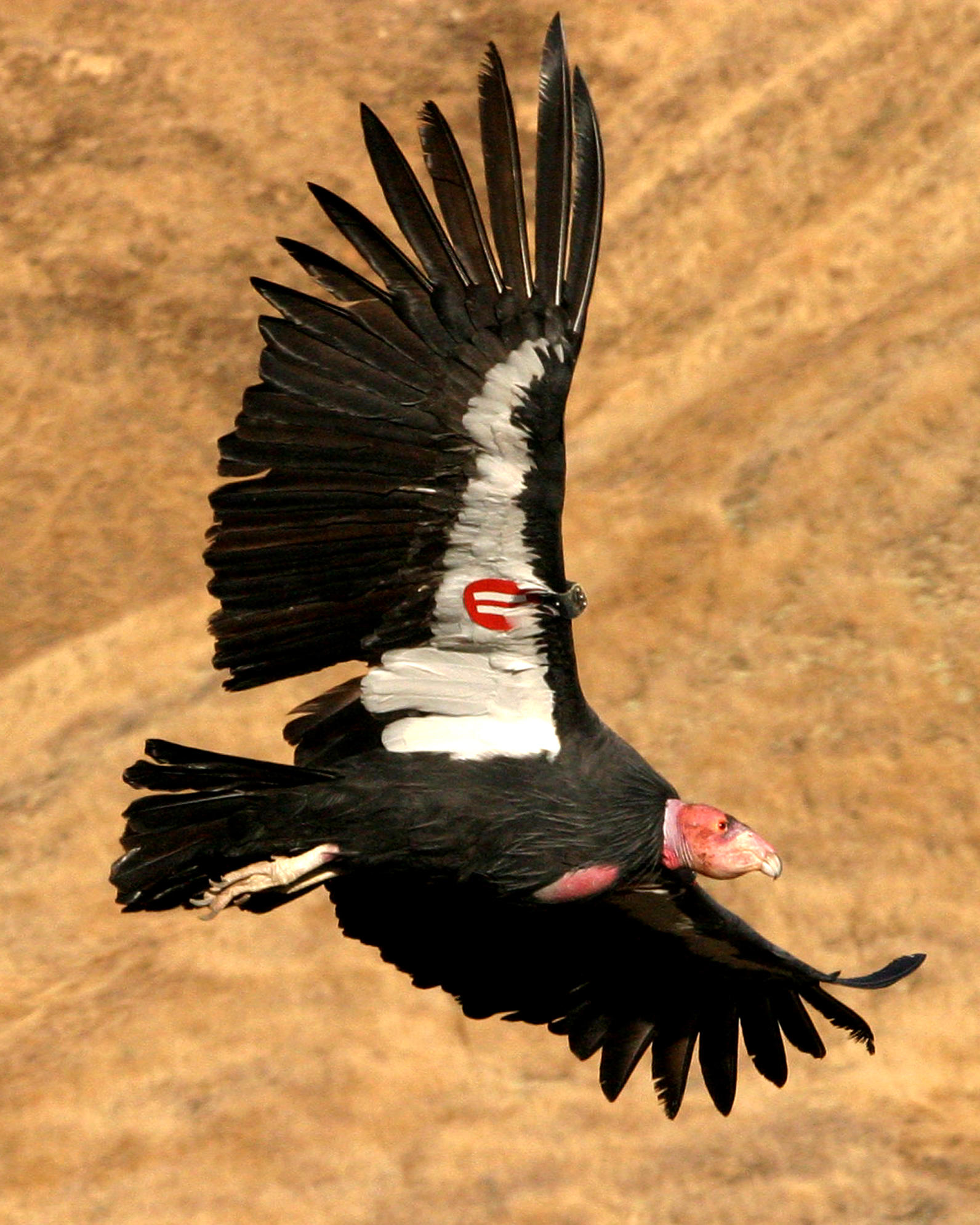
While it is generally thought that birds can escape oncoming wildfires, researchers looking into cause of death having noted that at least seven California Condors in recent years have disappeared in areas affected by wildfires. And seven birds in a free-flying population of less than 300 is a lot -- enough to make wildfire the third leading cause of death for adult California Condors. Learn more about the research project here.
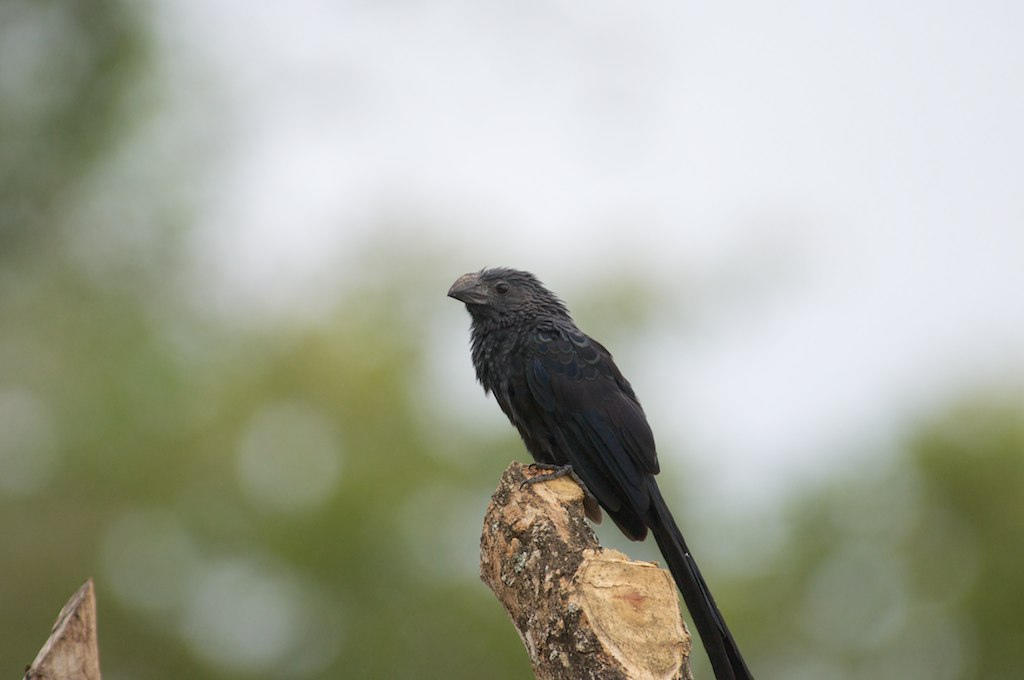
A Groove-billed Ani is present at Coso Junction along Highway 395 in Inyo County. Brad Singer, Johnny Bovee, and Gary File made the initial discovery. Anis are members of the cuckoo family and they do look a little, well, cuckoo. Their oversized beaks give the impression of a face held in a state of constant grimace. While they are found year-round in Texas, in winter, small numbers move north and east along Gulf Coast. It also isn't uncommon for the rare bird of two to stray north.
Our own Andrea Jones recently captured this quick video of shorebirds in San Pablo Bay, in the northernmost end of San Francisco Bay. Lots of different birds here: mostly Dunlin, Least and Western Sandpiper, Willet, Marbled Godwit, Northern Shoveler, Gadwall, Blue-winged Teal, and Nothern Pintail.
In a story broadcasted yesterday, the PBS NewsHour takes a look at efforts to make wind power safer for birds. The piece focuses on the notorious Altamont Pass wind power facility, which has been perhaps the most deadly site for birds in the country. Audubon California Policy Director Mike Lynes, who has been on the front lines of the battle to remedy the problems at Altamont, talks in the piece about the many lessons learned there.
Pete DeSimone at the Audubon Starr Ranch in Orange County wasn't exactly looking for a reminder that Acorn Woodpeckers are industrious. But when he started fixing the conference room roof this week, he sure got one. Just Acorn Woodpeckers, doin' what they do.
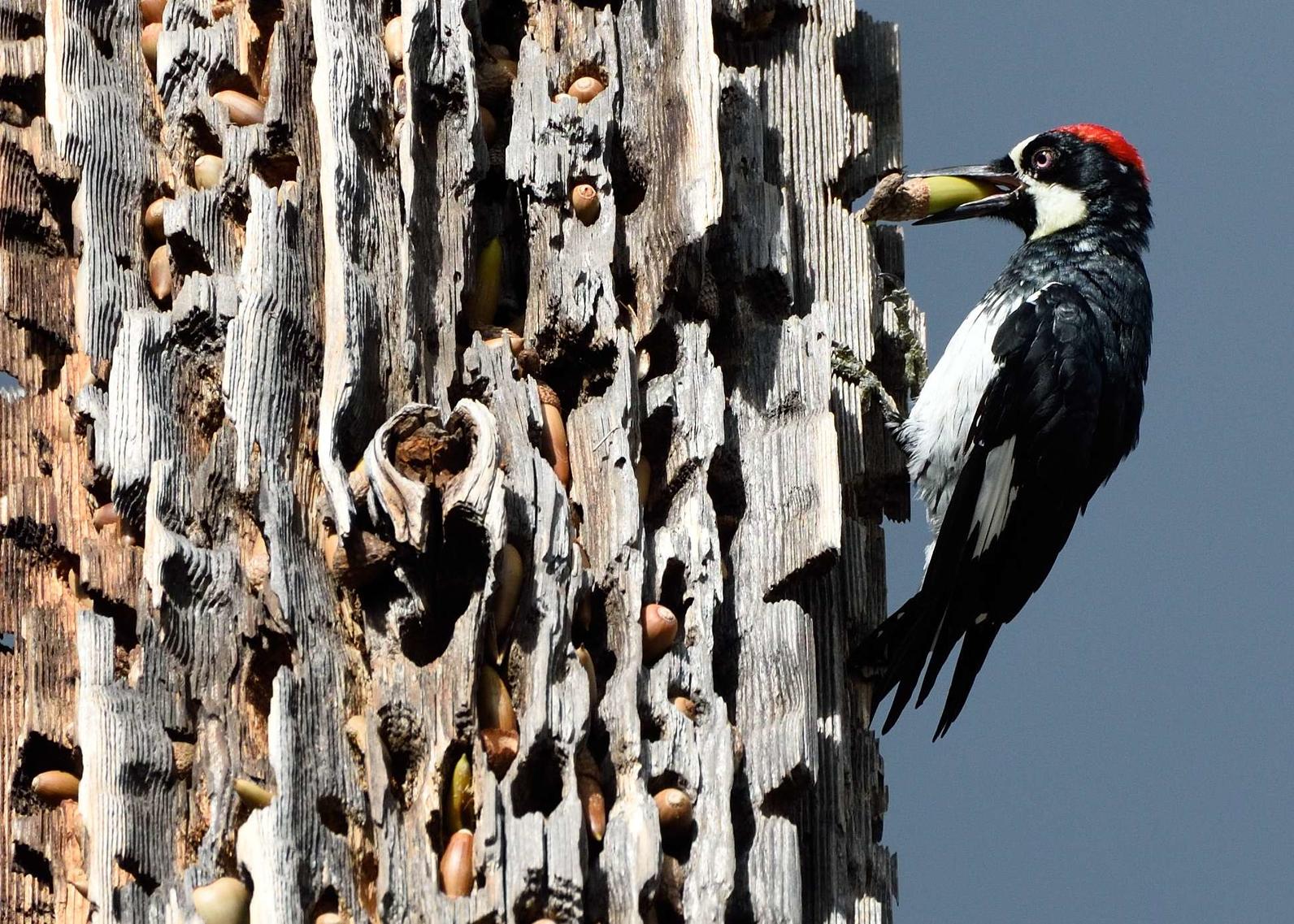

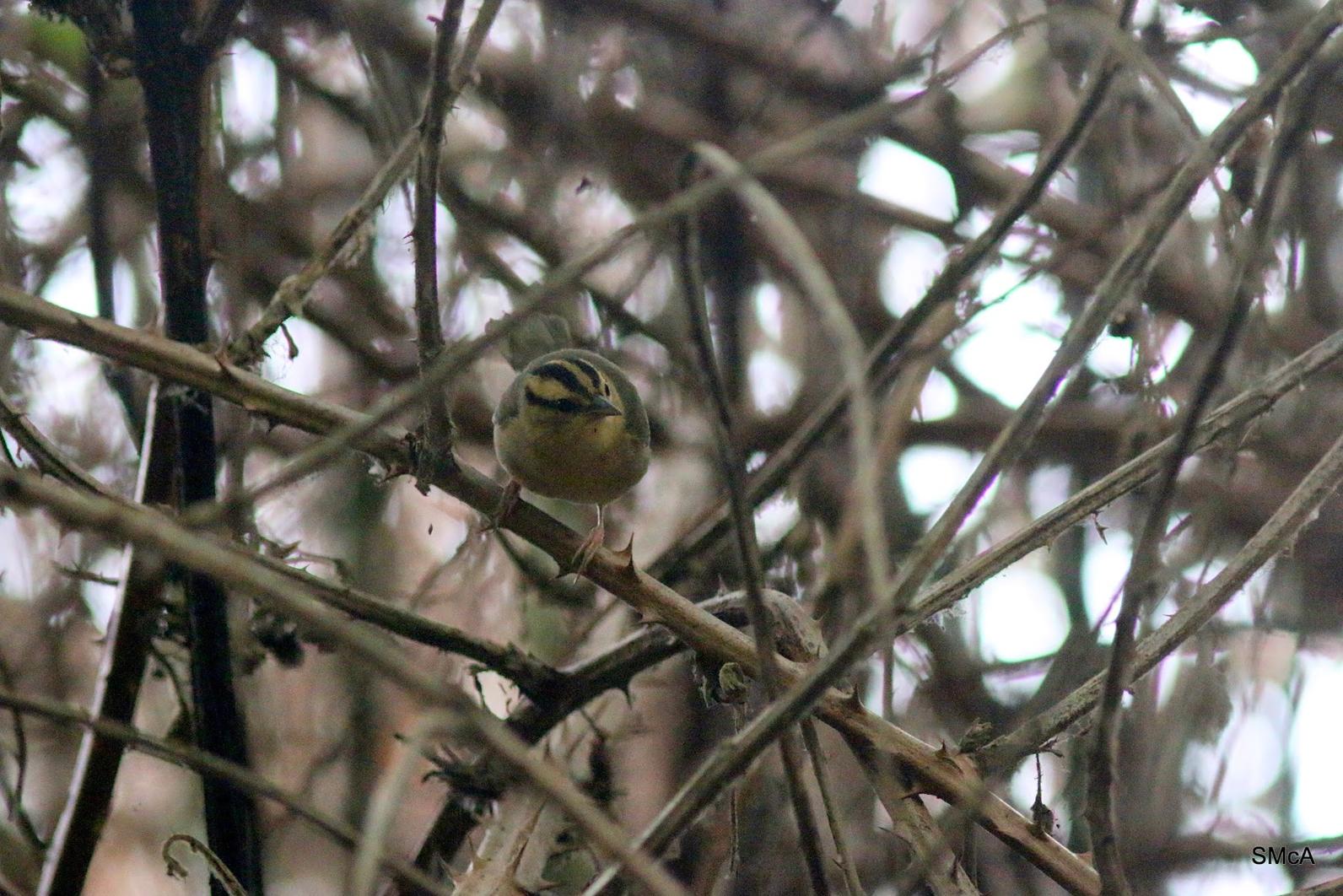
Eureka birder Sean McAllister was fortunate enough to find a very unusual bird -- a Worm-eating Warbler. Despite the name, the bird does not eat earthworms; it does eat caterpillars, but no more than many other warblers. Sean describes finding the bird:
"The bird was found by Tristan McKee on October 20. I tried to find it for myself later that day but was unable to. A group of us found it the following morning. It was calling frequently which was likely the only way we could have found it, as it was otherwise skulking quietly in the dense, low vegetation. The call was a slightly buzzy zeep or zeet, usually repeated rapidly two-three times. Shortly after we found the bird, it stopped vocalizing and the noise from the activity at the skate park and interruptions by disc-golfers made searching a frustrating challenge, so it seems that early morning is the best time to look for it."

Please join us as we talk about federal drought legislation and what we're doing to ensure that it doesn’t do more harm than good to birds in California.
As you read this, special interests are attacking the water rights of Central Valley refuges, which are critical to survival of millions of birds each year. The drought has already hit these refuges hard – they can’t afford another hit from those in Washington who would use the drought as an excuse to demolish environmental protections.
Our Director of Public Policy, Michael Lynes, will be joined byrepresentatives from National Audubon Society and Audubon New Mexico. The team will share the latest status of drought legislation, Audubon’s positions and advocacy efforts, and what you can do to support conservation in this legislative process. There will also be a Q & A session at the end of the webinar.
What: A webinar discussion of emerging federal drought legislation
When: Wednesday, October 28, 11 am PST
How:
Step 1: Register here.
Step 2: You will receive a confirmation email with instructions on how to join the webinar. Save this email. It will contain a personalized link to the webinar, along with call-in information.
Step 3: Next Wednesday, to join the webinar, click on the link you receive in the confirmation email. You will be able to hear the audio through your computer, or by dialing in on your phone. IMPORTANT: If you dial in by phone, be sure to enter your audio pin (provided after you log onto the webinar) so that you will be able to participate in the Q&A. We will not be able to unmute you if you haven’t entered your pin.
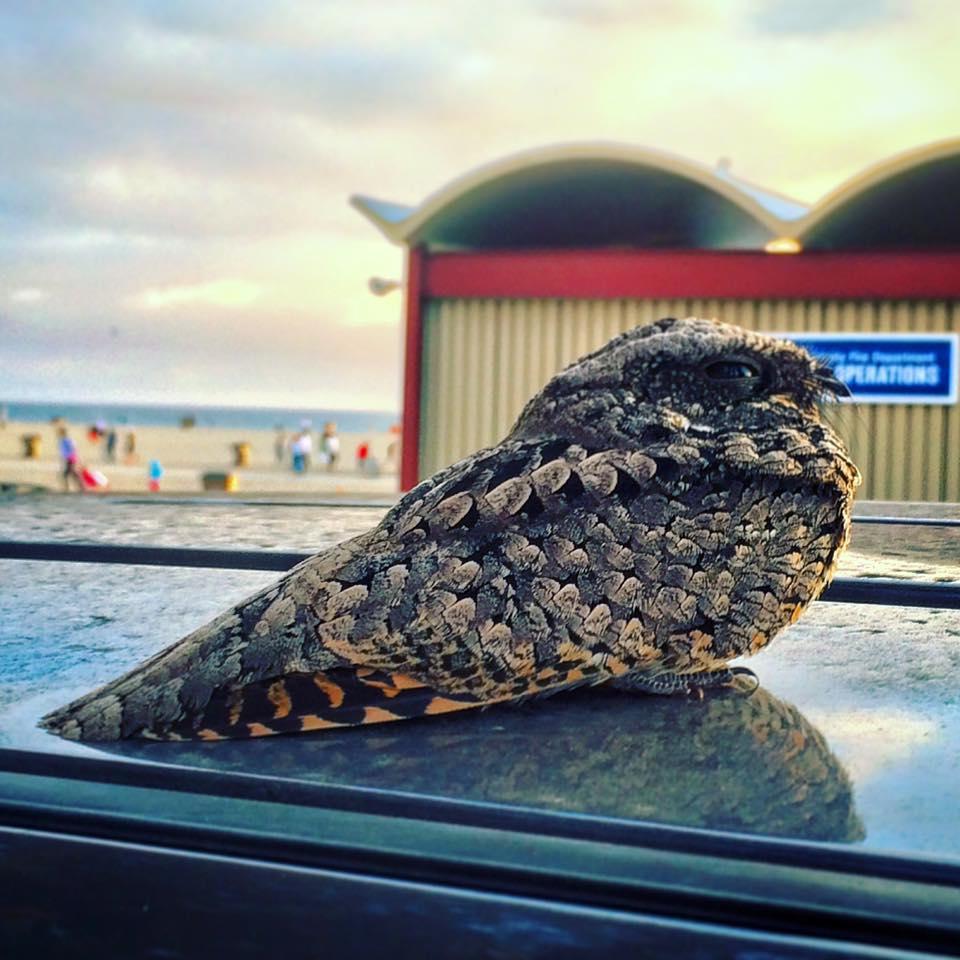
We think this is a decidedly lost Common Poorwill that Kevin found beachside in Santa Monica. Maybe it thumbed, errr, winged a ride to the beach.
Our newsletter is fun way to get our latest stories and important conservation updates from across the state.
Help secure the future for birds at risk from climate change, habitat loss and other threats. Your support will power our science, education, advocacy and on-the-ground conservation efforts.
Join the thousands of Californians that support the proposed Chuckwalla National Monument.